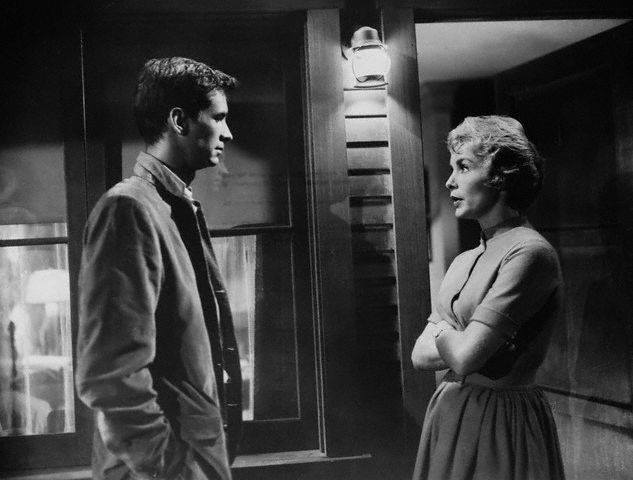UNITED STATES—With Halloween fast approaching; it’s become a trend in America to celebrate how festive the holiday truly is. For those TV lovers, the scare fests have already begun on many Cable channels, which open the discussion of what kids should or should not see.
I previously tackled this debate in the previous year and I’m still solid on my opinion that horror flicks should not be viewed by small children. Their minds are fragile and attempting to explain to a small child that what they’re witnessing is make believe is not always as easy as it looks. I’d also argue the level of violence that has been witnessed in horror over the past 60 years has vastly changed.
If you go back to the very first, and I mean the very first horror movie ever made which was around 1918, it was black and white, more about the unknown and featured very little to any violence. That same sentiment was echoed throughout the 1930s, 1940s and 1950s. It wasn’t until “Psycho” emerged in 1960 that violence started to permeate in such flicks, and even then that film was more focused on a storytelling aspect than anything.
So if you ask my honest opinion, allowing children to really see the birth of horror versus what most of us adults consider to be horror nowadays is a great way to explain the dichotomy of what horror actually is. Gore, excessive blood, violence and just play silliness is pathetic and irresponsible filmmaking in my opinion. “The Texas Chainsaw Massacre” set the bar for that grainy realistic notion of violence, and then the widely underrated “Black Christmas” could be argued the very first horror flick of its kind.
However, that sentiment remains for the 1978 classic “Halloween,” and I’d argue for great reason. This film had very little violence and was more focused on the element of suspense, and till this day I’d rank it as one of the scariest flicks of all-time. Would I show this to my nieces and nephews who haven’t reached their teenage years? Not a chance in hell.
I’d argue the 1980s was the explosion and death of horror at the same time. “Friday the 13th” was the first of its kind to REALLY predicate the notion of creative and disgusting deaths, and every movie afterwards just copied what that flick and others before it did, with little to no success. Horror simply became a blood fest and for that notion alone, I don’t think it’s wise to show a kid, child, toddler, anyone under the age of 13 a movie from that decade. If the masked killer didn’t torture the mind of the child, the weaponry used will.
Exposing small minds to such debauchery could give to their imagination such things exist or actually happen in real life. Yes, one could argue that horror borrows the idea that art imitates life, but rarely is that the case. The campaign behind Tobe Hooper’s 1974 classic used the idea that it was based on a true story, but guess what; it never unfolded the way the movie delivered to audiences. Those little white lies can indeed corrupt a brain.
This is not to say at some point a child will sneak and watch a scary movie even when they’re not supposed to. Trust me I was very guilty of it, and I wish as a 6-year-old I never had. There is a reason parents forbid kids from seeing such material, it can lead to many sleepless nights and let alone, an issue where the parent has to do more convincing to a child what he or she has just witnessed is in no way real at all. It sounds easy, but it ain’t as easy as one would like to believe. I always wondered why the rating system was put into place by the MPAA.
It makes sense, it all makes perfect sense now, and the goal is to protect those minds from material that they are not yet ready to be exposed to. We sometimes think we know the answer to everything as kids, even as teens, but the adults always know best, and when it comes to horror it’s a genre that most kids are not ready for. Even if they tell you they know it is all make believe.






